Your Cleanest Air For
Wildfire Smoke
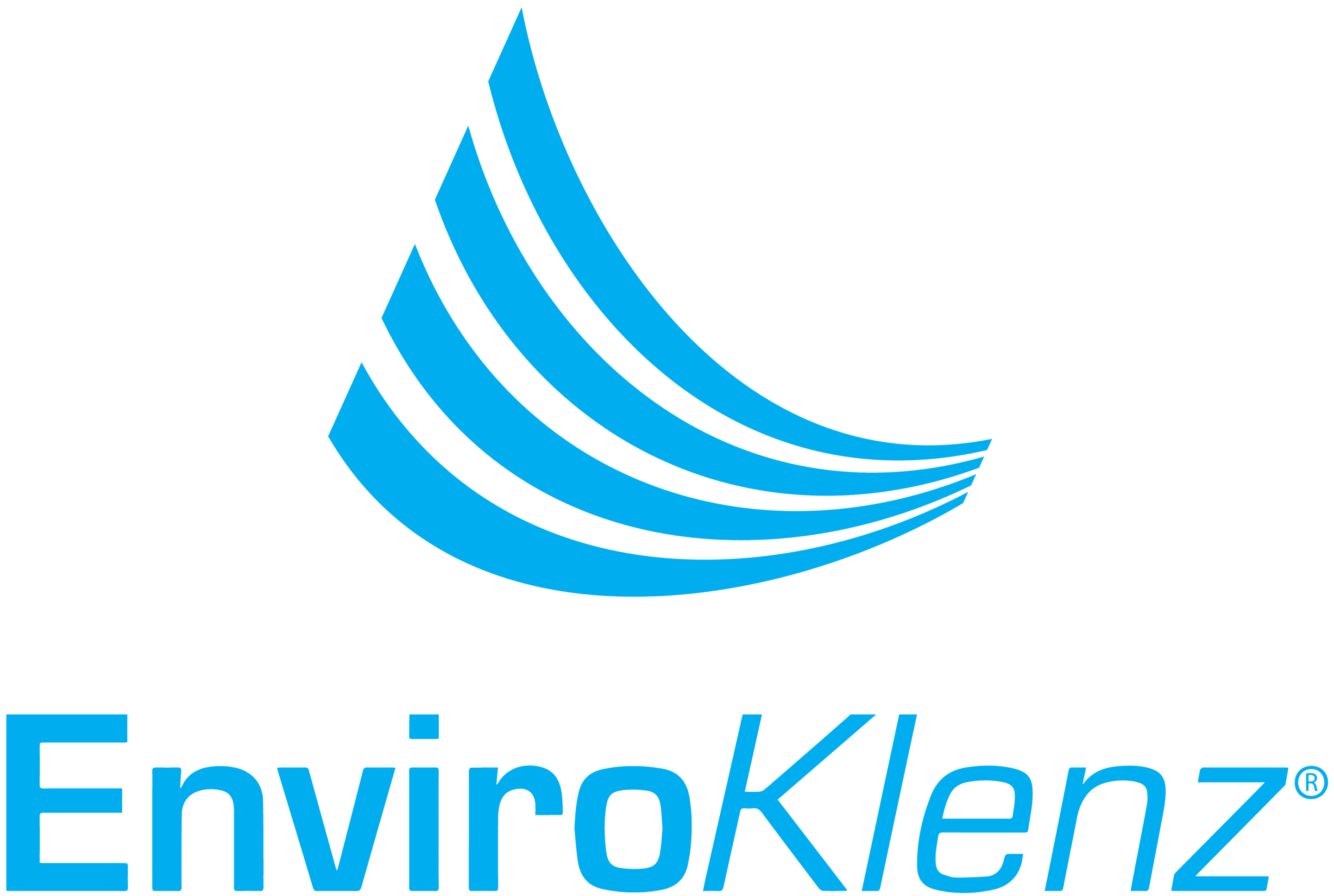
Mobile Air System
EnviroKlenz Versus Acetaldehyde
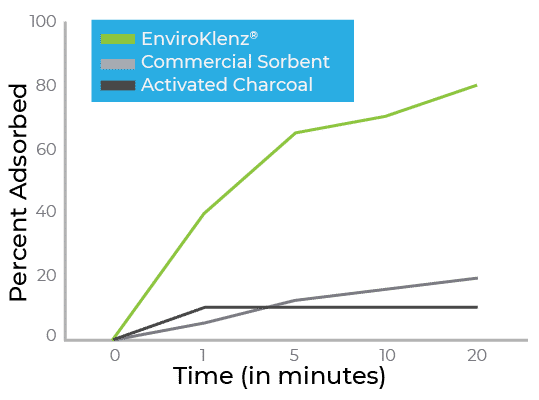
EnviroKlenz technology is not just effective, it is fast with a high affinity for chemicals. In the chart below, we have compared EnviroKlenz technology to activated carbon against a common chemical pollutant and carcinogen, Acetaldehyde. Acetaldehyde is a common contaminant in enclosed environments and ambient environments. Since people spend a significant portion of their time in indoor environments, the exposure to this pollutant is quite common. In your home, a possible source of acetaldehyde includes building materials, wood products, plastics, paints, and furniture just to name a few.
Are Wildfires and the Smoke They Produce an Issue in Your Area?
Wildfires are becoming a more relevant issue for homeowners, as the past few wildfire seasons have raged aggressively though most of the western United States, with homes burned down and air quality impacted for months following these fires. If you live in an area that has been affected by wildfires in the past, then you are aware of the strength of these natural disasters and the effect that wildfire smoke can have on the air quality both outdoors in the impacted areas and indoors in your home or office space.
Wildfire smoke is composed of an amalgam of chemicals and hazardous fine particulate matter that can dramatically impact the health of any individuals exposed to this combination of air contaminants within your personal indoor air.
What Kind of Matter is Smoke?
When wildfires burn throughout your area, they will produce a toxic plume of smoke that can spread far and wide into the air. What is smoke made of? This wildfire smoke is constructed of both a mixture of gas and tiny particulate matter that can be extremely dangerous to human health. Carbon dioxide, water vapor, carbon monoxide, hydrocarbons and other organic chemicals, nitrogen oxides, and trace minerals are the core chemical matter found within smoke. However, depending on the fuel type, the temperature of the fire, and the wind conditions, the actual composition of the smoke can vary.
Wildfire smoke also produces a hazardous pollutant of concern called fine particulate matter. Fine particulate matter travels into the air and can be significantly toxic to human health. If exposure or even worse inhalation of this fine matter occurs and enters into the human body, it can progress into potentially long-lasting health problems.
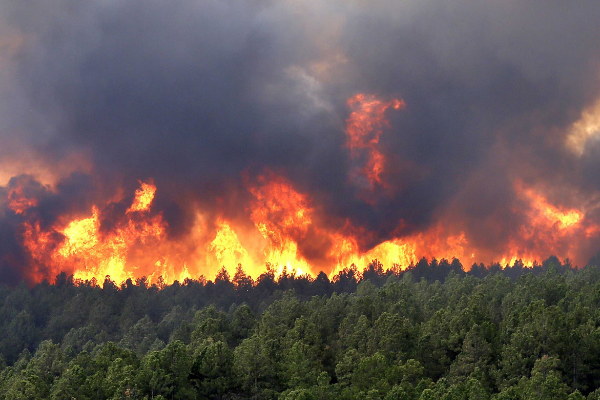
Wildfire Smoke is a Major Health Concern
Wildfire smoke can have a significant impact on human health when exposure to a high amount of smoke occurs. The smoke can impact individuals in different ways, as some people may have a higher sensitivity to the chemicals found within the wildfire smoke.
Individuals that may experience a higher level of sensitivity to wildfire smoke and can possibly acquire an increased reaction to the chemical composition of smoke includes the following:
- People Suffering from Heart or Lung Disease
- Older Adults Who are More Prone to Developing Heart or Lung Disease
- Children & Teenagers whose Respiratory Systems are still Developing. They Consume More Air per Breath than an Adult, which can lead to an Increased Risk of Health Problems from Smoke Inhalation
- People Suffering from Diabetes
- Pregnant Women who Have the Potential to Pass Along Health Problems to their Growing Fetus
Health Issues from Wildfire Smoke

When wildfires burn throughout your area, they will produce a toxic plume of smoke that can spread far and wide into the air. This wildfire smoke is constructed of both a mixture of gas and tiny particulate matter that can be extremely dangerous to human health. Carbon dioxide, water vapor, carbon monoxide, hydrocarbons and other organic chemicals, nitrogen oxides, and trace minerals are the core chemical matter found within smoke. However, depending on the fuel type, the temperature of the fire, and the wind conditions, the actual composition of the smoke can vary.
Wildfire smoke also produces a hazardous pollutant of concern called fine particulate matter. Fine particulate matter travels into the air and can be significantly toxic to human health. The wildfire smoke particle size can be smaller than 1 micrometer in size and will create a toxic environment for human health. If exposure or even worse inhalation of this fine matter occurs and enters into the human body, it can progress into potentially long-lasting health problems.
What are Wildfire Smoke Allergies?
Soot, ash, and chemicals that are placed into the air from wildfire smoke can lead to an array of health issues that some identify as “wildfire smoke allergies”. Wildfire smoke allergies will stir several health symptoms in an individual including irritation to the eyes, lungs, and a bout of respiratory issues. These symptoms can be present both outside and indoors – as fine particulate matter can travel past closed doors and windows and make it inside your home environment. How does wildfire smoke travel into a home, do air conditioners filter wildfire smoke? When these ultra-fine particulate matter build-up inside your indoor environment it will aggravate and incite allergy-like symptoms dramatically.
When particulate matter and smoke matter travels into your indoor environment, it will be necessary to take immediate action to remediate your air back to safe, stable air quality conditions. An air purifier will be able to address both the chemical compounds of wildfire smoke and the fine-particulate matter that can be hazardous to human health, and thus placing an air filtration device inside your home or personal indoor environment will help restore conditions back to a desirable level.
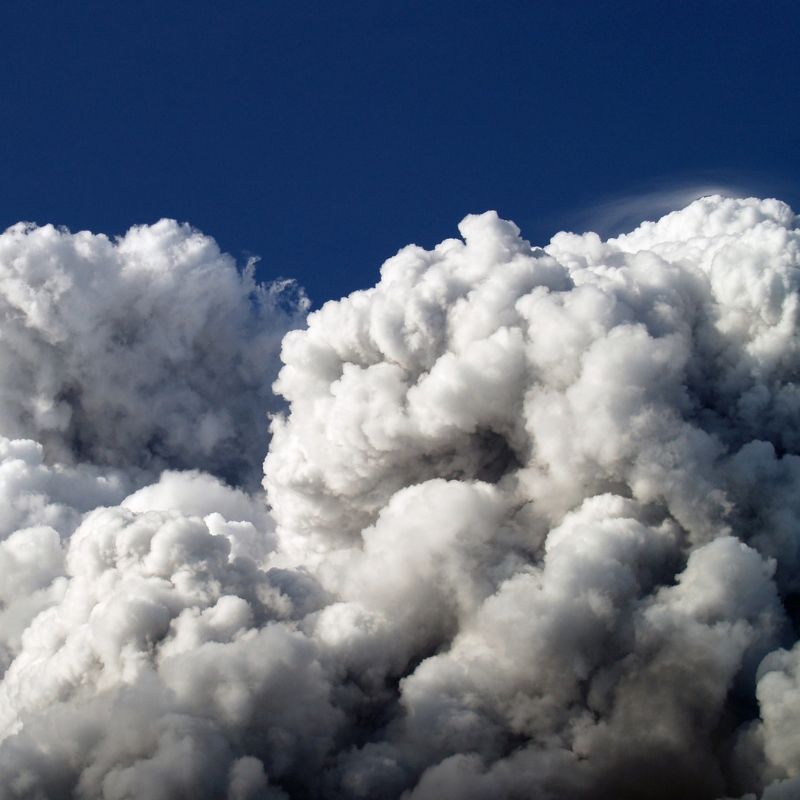
What to Look for in an Air Purifier for Wildfire Smoke
When you are on the hunt for an effective air purifier to combat wildfire smoke and to act as a wildfire smoke inhalation treatment in your home, there are several different components and functions to take into consideration before you make any hasty purchases. With the broad range of air purifiers and the different technologies and filters they utilize can all play a role in how effective it will be in filtering out wildfire smoke from your indoor air.
Before you purchase the best air purifier for wildfire smoke, there are three major mechanisms to look for to ensure that the air purifier is capable and effective at eliminate the many different components of wildfire smoke from your air.
1. HEPA Filtration
HEPA (High Efficiency Particulate Air) Filters are adept at delivering the best particulate removal performance out of all the other different types of filtration types used within air purifiers. A true HEPA filter is capable of removing 99.97% of all airborne particles, as small as 0.3 microns in diameter in a single pass. This capability is essential in filtering out and eliminating wildfire smoke, and the fine particulate matter that travels within the fire smoke.
2. Highly Durable Filter(s)
When wildfire smoke floods an area, it does it rapidly and excessively, creating large plumes of smoke in the air. Therefore, you want to ensure that the filter(s) used within a wildfire smoke air purifier have a long durable life, allowing it to combat large quantities of smoke for an extended period of time.
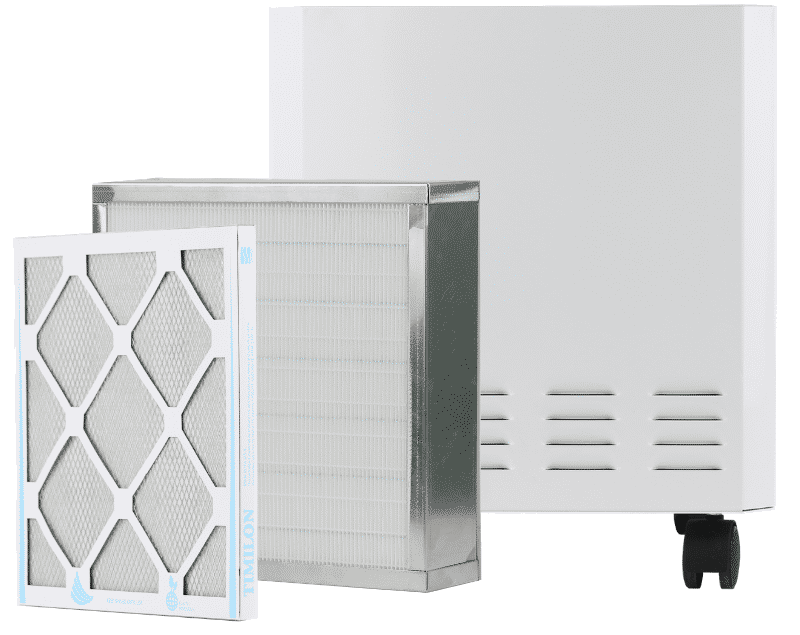
3. Chemical & Odor Elimination Capabilities
The complex concentration of wildfire smoke requires an air purifier that is able to handle and eliminate several different chemistries and odors. Many air purifiers are simply inept at addressing multiple chemistries and removing these chemistries completely from the environment. Air purification technologies such as carbon, which is a highly popular technology utilized in many different air purifiers, is a technology that is able to retain and capture different chemistries that are found in the air – acting as a sponge. Once the carbon filter becomes completely full or begins experiencing changes in the environment in which the filter is utilized (such as temperature, pressure, or humidity), the carbon filter will start to re-release these chemicals back into the environment, since it is unable to actually eliminate chemicals, rather it holds the chemicals within the filter. This poses a significant risk to your health and your environment, especially when you are dealing with a substance like wildfire smoke.
The Cleanest Air
Your Home Has Ever Had.
EnviroKlenz Mobile Air System
(Standard Model)
$699
EnviroKlenz Mobile Air System
(UV-C Model)
$799
